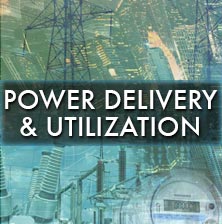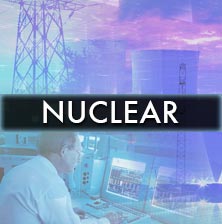The following is a small selection of items recently published by EPRI. To view complete lists of your company-funded research reports, updates, software, training announcements, and other program deliverables, log in at www.epri.com and go to Program Cockpits.

This software determines the capacity of distributed energy resources that can be accommodated on a feeder; distribution system impacts; and necessary infrastructure upgrades.

This study examines how geomagnetically induced currents (currents in the grid produced by geomagnetic disturbances due to solar storms) impact vibrations of power transformer tanks. It is part of efforts by the North American Electric Reliability Corporation and the Federal Energy Regulatory Commission to understand the risks that severe geomagnetic disturbances pose to the bulk power system.

Triggered by the high-altitude detonation of a nuclear weapon, a high-altitude electromagnetic pulse is a sudden burst of electromagnetic radiation that can damage electronic components and low- and medium-voltage electric infrastructure. This modeling study assessed the effects of the E1 component of a high-altitude electromagnetic pulse on a transmission substation.

Drawing on engineering reviews and operational testing, this report presents methods for improving minimum loads for fossil steam power plants. A case study applies these methods to a coal-fired, subcritical Benson boiler.

This analysis of peer-reviewed literature examines emphases and gaps in research on sustainability in the electric power industry.

In many countries, the use of underground transmission systems is growing, and circuit lengths are increasing. Intended for cable and protection engineers, this report discusses various aspects of protecting these systems.

This report identifies metrics appropriate for benchmarking utility sustainability performance. Since 2014, this list of metrics has been refined annually in collaboration with EPRI’s Energy Sustainability Interest Group.

Typically, nuclear plant operators apply noble metals to reactor components annually to mitigate cracking. This research examines the feasibility of continuous injection of noble metals.

While nuclear plants have historically provided baseload power, many are exploring or practicing flexible operations today. This study evaluates the potential impacts of flexible operations on radiation fields in pressurized water reactors.

Analysis of oil used for lubrication in power plants is labor-intensive, involving sample collection and lab tests. This research examined the potential to implement online oil sensors to collect and process real-time data for more accurate component health.

This new research project is examining tools and metrics available for evaluating environmental justice, and is collecting utility experiences to enable knowledge transfer.

This study evaluates nuclear plant operating experiences with pipe wall thinning due to erosion.